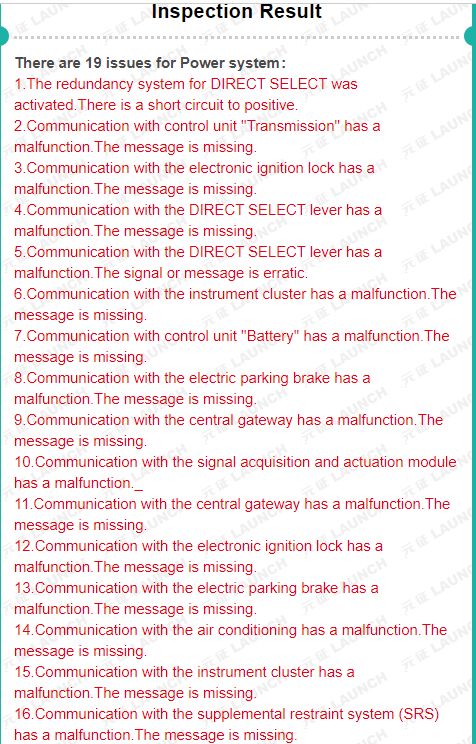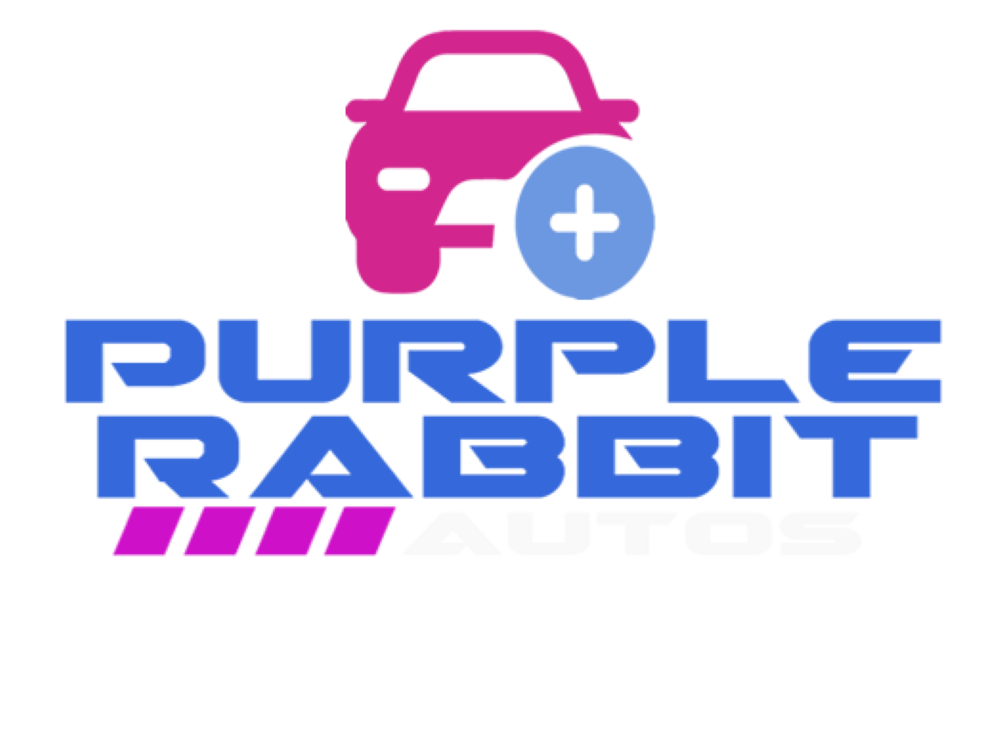The EOBD (European On-Board Diagnostics) and OBD II (On-Board Diagnostics II)
These systems are tools used to monitor vehicle performance and diagnose problems related to the engine, transmission, emissions systems, and other components. Understanding these systems and the diagnostic codes they produce is essential for every vehicle owner, as they help identify issues before they become major problems.
1. What is OBD II?
OBD II is a system found in most modern vehicles that monitors key components of the engine and emissions systems. It is an improved version of the original OBD system, introduced to meet stricter emissions control regulations and to provide better diagnostic capabilities.
- OBD II Standardization: The OBD II system is standardized across all makes and models, meaning the diagnostic port, code definitions, and scanner compatibility are the same for all vehicles manufactured after 1996 (for the US) and 2001 (for Europe, under EOBD).
- EOBD is essentially the European version of OBD II and complies with the same set of regulations.

2. How OBD II Works
OBD II systems continuously monitor components of the engine, emissions system, and various sensors within the vehicle. When something goes wrong, the system triggers a “check engine light” (CEL) or “malfunction indicator lamp” (MIL). By plugging a diagnostic scanner into the OBD II port, you can read fault codes that help identify the issue.
3. Types of OBD II Codes
The codes retrieved from an OBD II scanner are standardized and provide a glimpse into the vehicle’s operating conditions. These codes are categorized as follows:
Generic OBD II Codes (P0, P2, P3, and U0)
These are codes that apply to all OBD II-compliant vehicles.
- P Codes: Relate to the Powertrain, which includes the engine and transmission (e.g., P0300 for random/multiple cylinder misfire).
- B Codes: Relate to the Body, including airbags, climate control, and other components.
- C Codes: Relate to the Chassis, including systems like ABS (anti-lock braking system).
- U Codes: Relate to Network Communication issues between control modules (e.g., U0100 for lost communication with the ECM).
Manufacturer-Specific Codes
These codes begin with a 1 and apply to specific vehicle manufacturers. For example, P1XXX codes could be for Ford, Toyota, or other manufacturers, and may not follow the generic OBD II code structure.
4. Reading and Understanding OBD II Codes
An OBD II code has five characters and follows this structure:
P1234
- First Character (P, B, C, U): The system involved (Powertrain, Body, Chassis, Network).
- Second Character (0 or 1): A 0 indicates a generic code, and a 1 indicates a manufacturer-specific code.
- Third Character (1-8): Refers to the system affected (1 = Fuel/Air System, 3 = Ignition System, 7 = Transmission).
- Fourth and Fifth Characters (00-99): These digits provide further details about the specific issue.
For example:
- P0420 – Catalytic Converter Efficiency Below Threshold (Bank 1)
- P0171 – System Too Lean (Bank 1)
- P0300 – Random/Multiple Cylinder Misfire Detected
5. Common OBD II Codes and What They Mean
P0300 – Random/Multiple Cylinder Misfire Detected
- Symptoms: Engine runs rough, loss of power.
- Possible Causes: Ignition system failure, vacuum leak, low fuel pressure.
P0420 – Catalytic Converter Efficiency Below Threshold
- Symptoms: Reduced engine performance, potential increase in emissions.
- Possible Causes: Faulty oxygen sensor, damaged catalytic converter.
P0171 – System Too Lean (Bank 1)
- Symptoms: Poor fuel efficiency, rough idle, engine hesitation.
- Possible Causes: Vacuum leak, dirty mass airflow sensor, weak fuel pump.

6. How to Read OBD II Codes
To read and interpret OBD II codes, you need an OBD II scanner, which plugs into the diagnostic port of the vehicle (usually under the dashboard). Once connected, the scanner reads the stored trouble codes from the car’s computer and displays them on its screen.
Some modern OBD II scanners can connect to a smartphone via Bluetooth and provide more detailed diagnostic information, including real-time data from various sensors (e.g., fuel trim, engine temperature).
7. What Should Vehicle Owners Do When a Code Appears?
- Don’t Ignore the Check Engine Light: A small problem today can turn into a major repair tomorrow.
- Use an OBD II Scanner: Invest in an OBD II scanner or take your car to a mechanic to retrieve the code.
- Understand the Code: Research the specific code using the owner’s manual or online resources.
- Address the Issue: If the code indicates a serious problem (e.g., P0300 for engine misfire), have it repaired immediately to avoid further damage.
8. DIY vs. Professional Repair
While some OBD II codes represent issues that can be fixed by DIY repairs (like replacing a spark plug or oxygen sensor), others require professional expertise. For instance, codes involving the transmission or complex engine systems should generally be handled by certified mechanics.
9. Importance of Regular Maintenance
Many OBD II trouble codes are related to regular vehicle maintenance items. Keeping your vehicle well-maintained—oil changes, spark plug replacements, air filter replacements, and so on—can prevent these issues from cropping up.
10. Conclusion
Understanding EOBD/OBD II codes empowers vehicle owners to take control of their car’s health. Whether you’re diagnosing a minor issue at home or heading to the mechanic with a clearer idea of the problem, knowing these codes can save time and money. Always address issues as soon as they arise, and invest in regular vehicle maintenance to ensure your car remains reliable for years to come.
If you have any specific OBD II codes you’re dealing with, feel free to ask for clarification on what they mean and what steps you should take!
Simply email us at info@purplerabbitautos.com or click here
